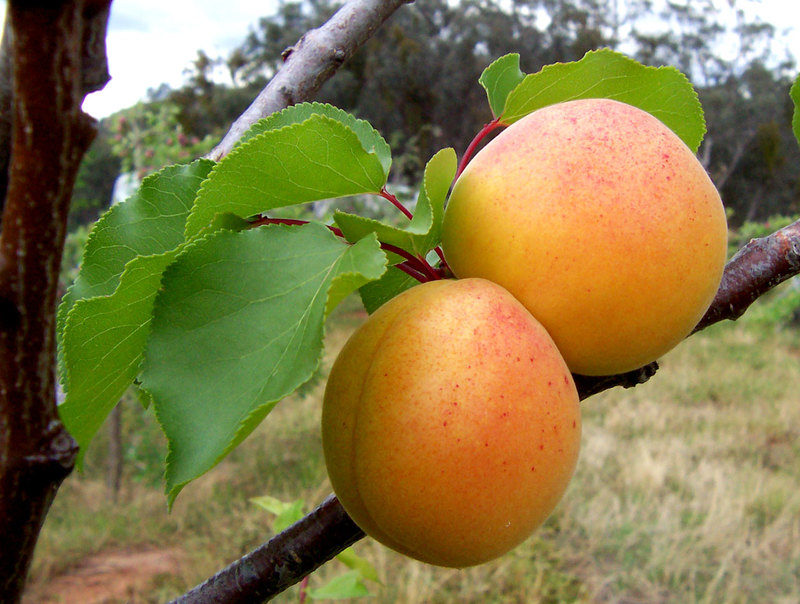Description
Wormwood, also known as Artemisia absinthium, is a perennial plant native to temperate regions of Europe, Asia, and Northern Africa. It has silver-gray leaves and small, yellow flowers that bloom in the summer. The plant typically grows to be about 2-4 feet tall and has a woody stem. It is commonly differentiated from other plants in the Artemisia genus by its strong, bitter aroma.
Wormwood prefers to grow in well-drained soil in full sun to partial shade. It is generally easy to cultivate, but may require some effort to control its spread, as it can be invasive in some areas. The plant is winter hardy and can tolerate cold temperatures.
Wormwood has a long history of use as a medicinal herb and is known for its bitter, absinthe-like flavor. The leaves and flowering tops of the plant can be used to make a bitter tonic or added to food and drinks as a flavoring. However, wormwood should be used sparingly as it can be toxic in large amounts.
In addition to its culinary and medicinal uses, wormwood has also been used for a variety of other purposes. It is known to repel pests and can be used as a natural insecticide. The plant is also commonly used in natural dyes and as an ornamental plant in gardens.
Wormwood provides habitat and food for a variety of wildlife, including butterflies and birds. It is also known to attract pollinators, such as bees and wasps.


